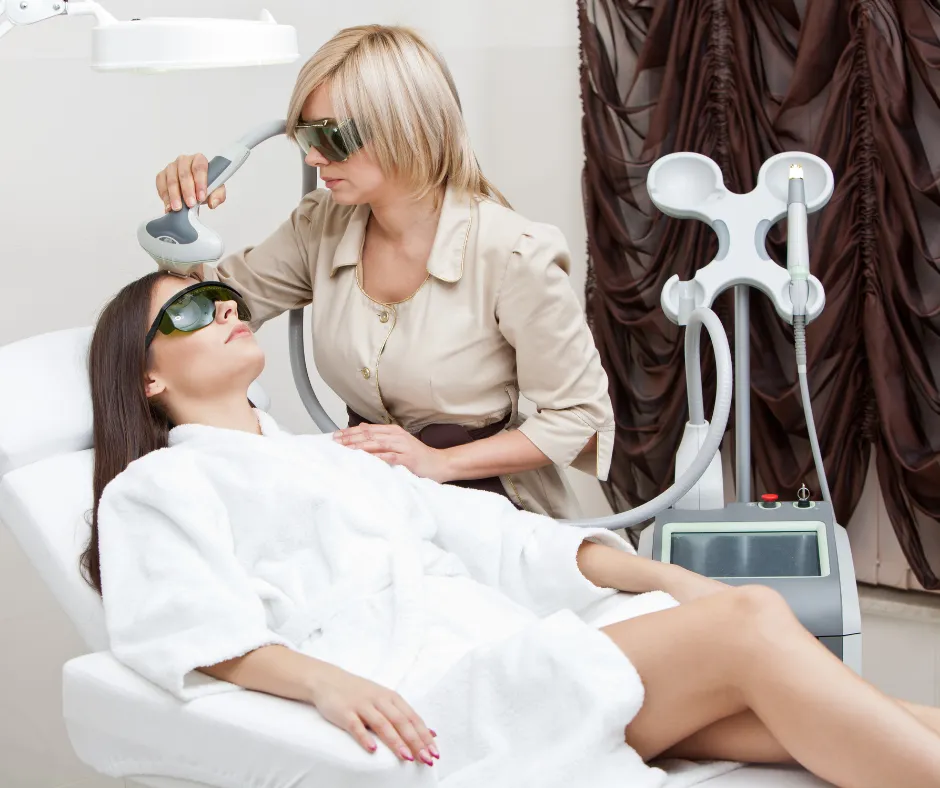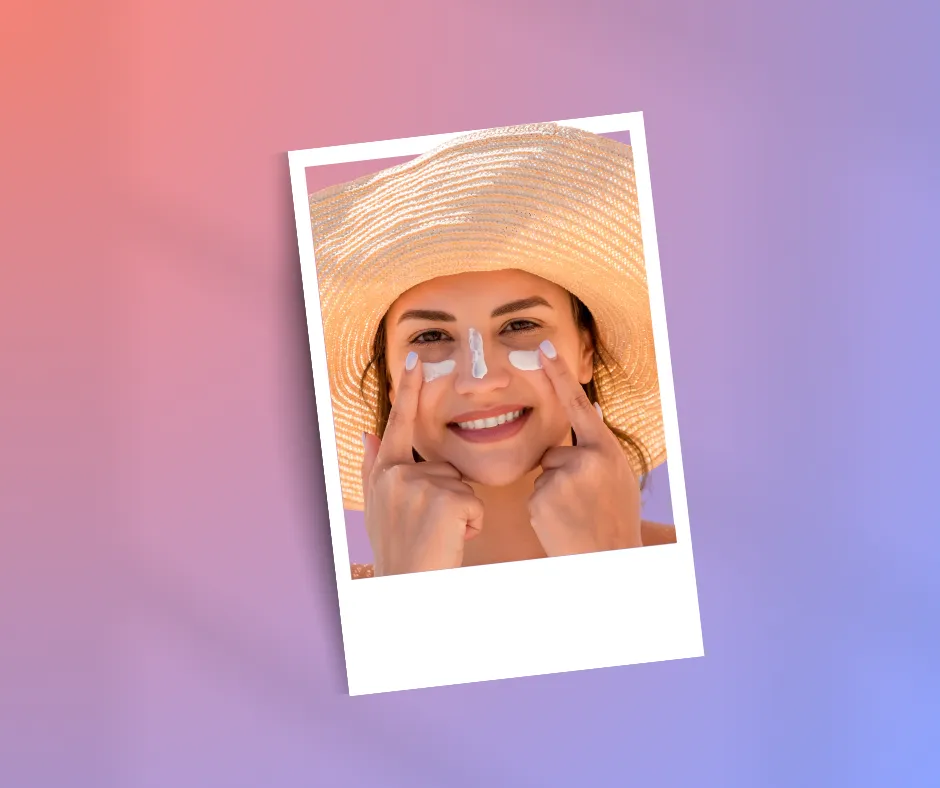1. Use Charting Data to Identify High-ROI Services
Over time, your SOAP notes and progress forms will show patterns: which services lead to the most consistent client progress, which ones generate more follow-up visits, or where clients often drop off. Tag treatments in your forms and charting tools, and review them quarterly to see which services are driving the best outcomes.
Example: If 80% of clients who receive deep cleansing facials return for a second appointment but only 30% return after a basic peel, you now have clear direction on what to promote or package.
2. Create a “Client Journey Snapshot” Every 90 Days
Most businesses review finances every quarter. Why not review client outcomes too?
Export treatment notes and visuals for long-term clients, and summarize their progress in a single page. Share it with them digitally or during their next visit.
This not only builds trust but helps clients see their improvement, a tactic proven to boost rebooking and referrals.
3. Turn Anonymous Chart Data Into Insightful Marketing
No personal data needed, just anonymized trends. For example:
- “62% of our clients with dry skin improved within 6 weeks of consistent facials.”
- “Our most-requested treatment area for massage? Shoulders and lower back.”
Use this kind of insight in newsletters, social posts, or on your service pages to add social proof without violating privacy.
4. Tag Emotions and Language in Subjective Notes
Start tagging emotional language in the Subjective part of your SOAP notes.
Phrases like “felt bloated,” “anxious,” “not sleeping,” or “felt energized after last visit” help you understand how clients feel, not just what they book.
Over time, you’ll be able to:
- Tailor wellness packages based on emotional goals
- Coach your front desk on more empathetic upsells
- Spot hidden retention triggers
5. Use Charting to Train New Staff Faster
New hires don’t need to start from zero.
Create anonymized case studies from past charts showing common client scenarios, ideal treatment flows, or before/after comparisons. This gives new staff a real-world view of client care, without needing to shadow for weeks.
Important: Always ensure that any identifying or confidential information is fully removed before sharing charts internally. Stick to generalized scenarios and never include names, photos, or unique client details unless you have written permission.
6. Let Clients See (Some of) Their Progress Notes
Sharing selected snippets, visuals, or summaries from a client's progress notes during rebooking can enhance engagement and foster a collaborative treatment experience. This approach is particularly effective for long-term treatments like skin correction or body contouring.
Research indicates that when patients have access to their clinical notes, it can improve their understanding of treatments, enhance medication adherence, and strengthen the patient-provider relationship.
Pro Tip: Offer a printed or emailed “mini report” every few sessions as a value-added service.
Confidentiality Reminder: Always ensure that any shared information complies with privacy regulations. Only share details that are appropriate and have the client's consent. Avoid including sensitive information or identifiers unless explicitly authorized by the client.
7. Use Forms to Pre-Qualify Clients for Specialized Services
Instead of just collecting basic info, design your intake forms to segment clients by goals, concerns, and service readiness. This is especially powerful for advanced treatments (like injectables, laser services, or multi-session programs).
Include questions like:
- “Have you tried this service before?”
- “What results are you hoping to achieve?”
- “Are you open to a treatment plan or long-term care?”
This lets you:
- Pre-screen clients who may not be ideal candidates
- Customize consultations more efficiently
- Upsell based on readiness and intent (not guesswork)
You’ll spend less time convincing, and more time delivering value to clients who are ready to commit.
Bonus Tip: Schedule a Monthly “Chart Audit Day”
Pick one day a month to quickly review charts with your team. Look for gaps, missed follow-ups, or new trends. It turns charting into a habit and a performance improvement tool, not just admin.
Let's get to know each other
Keep your clients coming back.
Frequently Asked Questions (FAQ)
1. How can SOAP notes help improve client retention in a medspa or wellness clinic?
SOAP notes allow providers to track each client’s progress over time in a structured format. By documenting subjective feedback, objective observations, assessments, and next steps, you can deliver more consistent treatments and show clients visible progress. This level of personalized care often leads to higher rebooking rates and stronger client loyalty.
2. What is a “Client Journey Snapshot” and how do I use it in my medspa?
A Client Journey Snapshot is a one-page summary of a client’s treatment history, progress visuals, and key outcomes. It’s created using data from charting tools and SOAP notes. Sharing this snapshot every 90 days helps clients see real improvement, builds trust, and increases retention, especially in long-term treatment plans like skin correction or body sculpting.
3. Can I use charting data for marketing without violating client privacy?
Yes. You can extract anonymized insights from your digital forms and visual charting system to create data-driven content. For example, sharing trends like “most-requested services” or “percentage of improvement over time” adds credibility to your marketing without exposing personal details. This builds authority and supports social proof.
4. How can emotional language in SOAP notes enhance client care?
Tagging emotional language (e.g., “felt tired,” “less bloated,” “more confident”) in the Subjective part of your SOAP notes helps you understand the deeper reasons clients seek your services. Over time, this can inform better upsells, package recommendations, and more empathetic front desk conversation. All of these will improve client satisfaction and long-term results.
5. What’s the best way to train new staff using treatment chart data?
You can anonymize client charts to create internal case studies that illustrate ideal treatment flows, before/after outcomes, and common client scenarios. This helps new staff understand how your clinic operates and shortens their learning curve without needing extensive shadowing. It’s a low-cost, high-impact training strategy.
6. Is it safe to share progress notes with clients?
Yes, when done selectively. Sharing a summary or visual progress report (rather than the full chart) during rebooking builds transparency and positions the client as a partner in their care. It also encourages commitment to treatment plans. Many clinics offer a printed or emailed “mini progress report” every few sessions as a value-added touch.
7. How do I use intake forms to pre-qualify clients for advanced treatments?
Customize your forms to ask about experience level, treatment goals, and willingness to commit to a care plan. Questions like “Have you tried this service before?” or “Are you open to long-term care?” help you identify qualified leads. This saves time, improves consultations, and increases conversions on higher-ticket services like laser or multi-session packages.
8. What is a “Chart Audit Day” and how can it help my clinic grow?
A Chart Audit Day is a monthly habit where your team reviews treatment records together to identify trends, gaps, missed follow-ups, or areas to improve. This simple practice helps ensure documentation quality, reinforces client care standards, and sparks ideas for service or training updates.

.webp)


